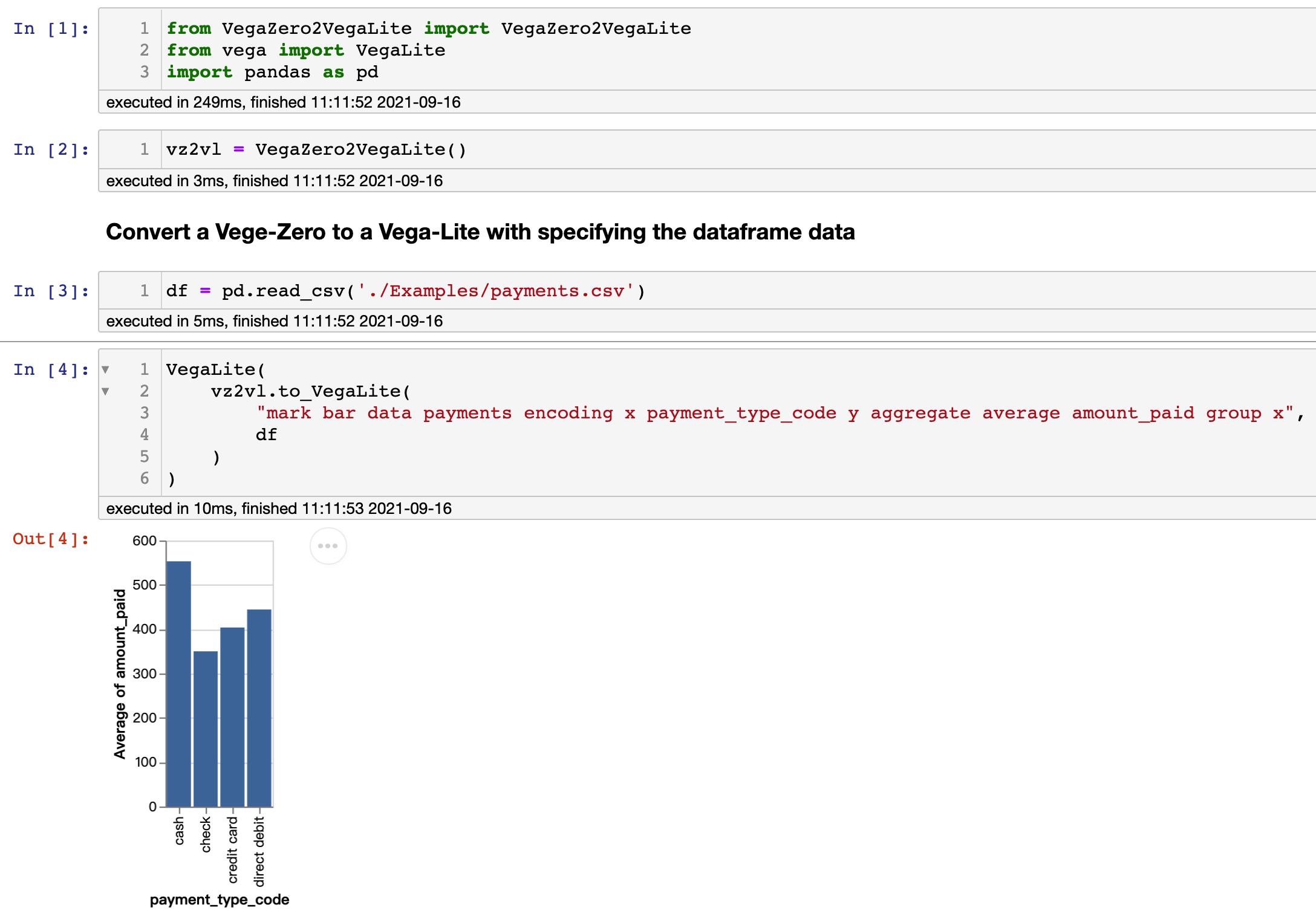Vega-Zero is a visualization grammar by simplifying Vega-Lite, with the main purpose to flatten a hierarchical Vega-Lite specification to a sequence-based specification.
Thus, it is much easier to use Vega-Zero to train a sequence-to-sequence model for generating a sequence output. Vega-Zero can be used to support some learning tasks, e.g., translating a natural language query to visualization.
Please refer to our paper at IEEE VIS 2021 for more details.
Vega-Zero keeps most of the keywords of the Vega-Lite about the mapping between visual encoding channels and (transformed) data variables. It flattens a JSON object into a sequence of keywords by removing structure-aware symbols such as brackets, colons, and quotation marks. Formally, a unit specification in Vega-Zero is a four tuple (similar to Vega-Lite but with each tuple being a sequence) as:
unit = (mark, data, encoding, transform)
Naturally, as a simplification of Vega-Lite:
- mark denotes the chart type, including bar, line, point (for scatter chart), arc (for pie chart);
- data specifies the source data;
- encoding contains x/y-axis, aggregate function, and color based on which column;
- transform defines some data transformation functions: filter, bin, group, sort, and top-k.
Below is an example to show the connection between Vega-Zero and Vega-Lite.
In this repository, we provide a Python script to convert a Vega-Zero specification to a Vega-Lite specification.
Below is an example to run this Python script in the Jupyter Notebook.
Please follow the examples in the examples.ipynb, if you want to render the visualization result in Jupyter Notebook (or Lab), please follow the instruction of IPython Vega.
@ARTICLE{ncnet,
author={Luo, Yuyu and Tang, Nan and Li, Guoliang and Tang, Jiawei and Chai, Chengliang and Qin, Xuedi},
journal={IEEE Transactions on Visualization and Computer Graphics},
title={Natural Language to Visualization by Neural Machine Translation},
year={2021},
volume={},
number={},
pages={1-1}, doi={10.1109/TVCG.2021.3114848}}The software is available under the MIT License.
If you have any questions, feel free contact Yuyu Luo (luoyy18 at mails.tsinghua.edu.cn).


